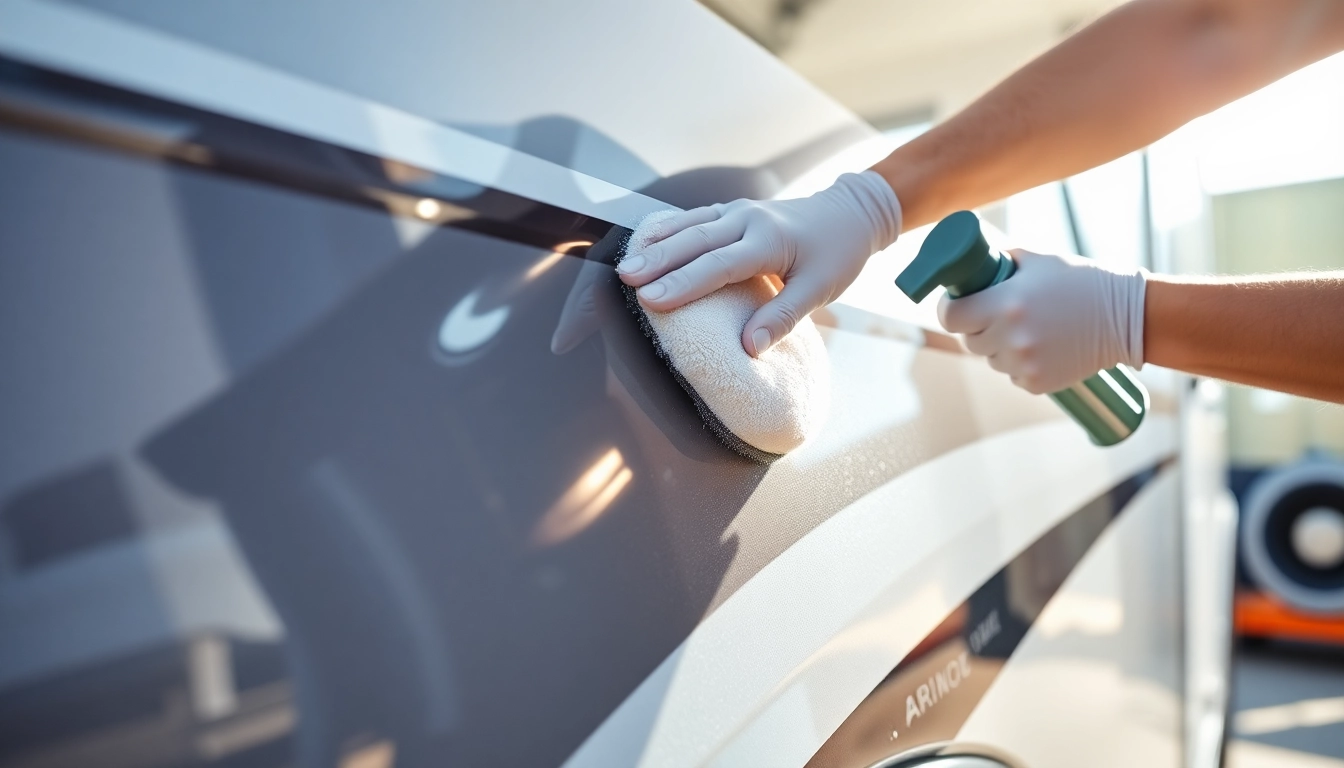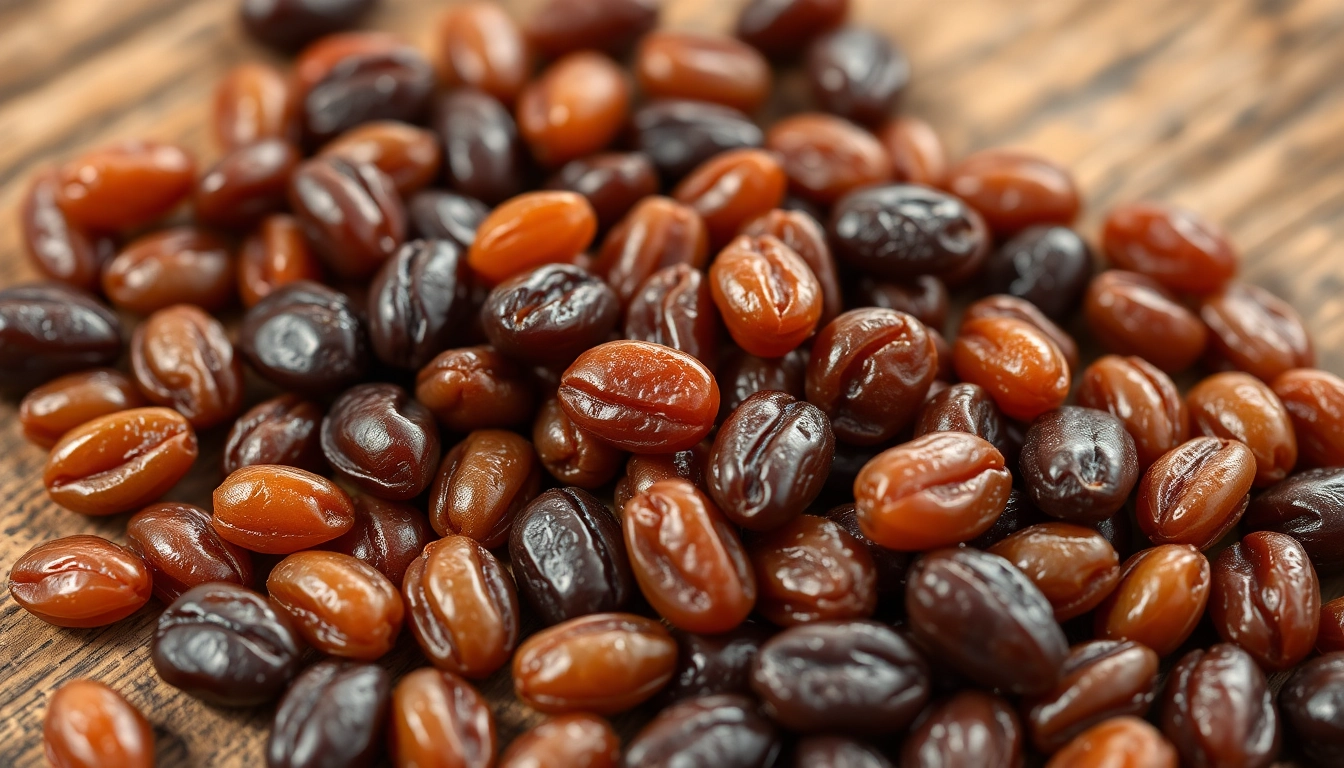Understanding Siding Contractor Services: What to Expect
When it comes to enhancing your home’s curb appeal, improving energy efficiency, and increasing overall property value, choosing the right siding is a crucial decision. A professional siding contractor specializes in providing expert installation, repair, and replacement services tailored to meet your specific needs. Whether you’re considering vinyl, fiber cement, cedar, or metal siding, partnering with experienced specialists ensures quality workmanship, durability, and aesthetic appeal. This comprehensive guide explores the various services offered by siding contractors, the process involved, benefits of hiring licensed professionals, cost considerations, maintenance tips, and the latest industry trends for 2025.
Types of Siding Materials Offered by Professional Contractors
Vinyl Siding
Vinyl siding remains one of the most popular options due to its affordability, versatility, and low maintenance requirements. It is available in a wide range of colors, textures, and styles, making it adaptable to various architectural designs. Vinyl siding is resistant to pests, rot, and weather elements, providing long-lasting protection for your home. Its ease of installation translates into lower labor costs, and modern innovations have improved its impact resistance and energy efficiency.
Cedar and Wood Siding
For homeowners seeking natural aesthetics, cedar and other wood sidings offer timeless elegance and natural insulation properties. Cedar siding is inherently resistant to insects and decay, especially when properly treated. It can be installed in various patterns such as shingles, lap, or board-and-batten styles. However, wood siding requires regular maintenance like staining or sealing to preserve its appearance and prevent damage over time.
Fiber Cement (Hardie) Siding
Fiber cement siding, most notably James Hardie, combines durability with aesthetic flexibility. It is highly resistant to fire, pests, and weather, making it ideal for adverse conditions. Available in various textures that mimic wood or stucco, fiber cement is low maintenance and can last for decades if properly installed. Many contractors are certified as James Hardie Elite Preferred Contractors, assuring top-tier installation standards.
Metal Siding
Aluminum and steel sidings provide a modern, industrial look with unmatched strength and longevity. Metal sidings are fire-resistant, impervious to pests, and typically recyclable, supporting eco-friendly building practices. Although costlier and potentially prone to dents in severe impacts, quality metal siding offers superb durability and minimal upkeep.
The Process of Siding Installation and Replacement
Initial Consultation and Site Assessment
Successful siding projects begin with a thorough assessment of your current home exterior. The contractor evaluates the existing siding condition, measures the surfaces, and discusses your preferences, budget, and timeline. An accurate estimate includes material costs, labor, permits, and potential structural repairs.
Material Selection and Design Planning
Based on your aesthetic and functional needs, the contractor guides you through selecting suitable siding materials, colors, and profiles. They provide samples, color charts, and 3D visualizations to help visualize the final appearance. Expert advice ensures compatibility with your local climate, environmental considerations, and maintenance preferences.
Preparation Phase
This crucial step involves removing old siding (if replacing), inspecting underlying structures, and repairing any damages to the sheathing or framing. Proper preparation prevents future issues like moisture infiltration or structural faults. Contractors typically remove debris, install a weather-resistant barrier, and ensure the framing is secure.
Installation Phase
Professional installers carefully follow manufacturer specifications for siding fastening, alignment, and finishing touches. Modern techniques utilize precision tools for straightness, secure fastening, and seamless transitions. Special attention is given to corners, windows, doors, and vents, ensuring a weather-tight and aesthetically pleasing installation.
Final Inspection and Clean-up
Upon completion, a comprehensive inspection verifies that all elements meet quality standards. The contractor cleans the site, removes any leftover materials, and provides maintenance instructions. Many reputable firms offer warranties covering workmanship and materials, providing peace of mind for years to come.
Benefits of Hiring a Licensed Siding Contractor
Engaging a licensed siding contractor delivers numerous advantages that justify the investment. Licensed professionals possess verified skills, industry knowledge, and adherence to safety standards, ensuring reliable results and legal compliance.
Quality Assurance and Expertise
Licensed contractors have undergone rigorous training and certification processes, enabling them to handle complex siding installations efficiently. Their expertise minimizes mistakes, reduces project duration, and enhances the longevity of your siding investment.
Compliance with Local Regulations
Construction codes, permits, and inspections vary by region. Licensed contractors are familiar with local requirements, ensuring your project passes inspections and remains compliant, avoiding potential fines or project delays.
Warranties and Liability
Reputable contractors usually offer warranties on workmanship and materials. Licensing also provides legal recourse in case of disputes, framing the project within regulated standards that protect consumers.
Insurance Coverage
Licensed contractors carry liability insurance and worker’s compensation, safeguarding homeowners from liabilities associated with accidents or damages during work.
Choosing the Right Siding Contractor for Your Project
Key Factors to Evaluate Before Hiring
- Experience and Reputation: Look for contractors with proven track records in siding projects relevant to your home style and climate.
- Licensing and Certification: Verify current licenses, certifications (e.g., James Hardie Elite Preferred), and insurance policies.
- Portfolio and References: Request past project photos and speak with previous clients to assess workmanship quality and customer satisfaction.
- Cost Transparency: Obtain detailed, written estimates that list all costs and understand the payment schedule.
- Warranty Offerings: Confirm warranties on labor and materials, and understand their coverage periods.
Questions to Ask Potential Siding Contractors
- What experience do you have with the specific siding material I want?
- Can you provide references from recent projects?
- What is your estimated timeline from start to finish?
- How do you handle project delays or unforeseen issues?
- What steps do you take to ensure the safety and cleanliness of the worksite?
How to Verify Contractor Credentials and Experience
Aside from verifying licenses and insurance, check online reviews on platforms such as Google, Angie’s List, or Houzz. Consider visiting recent job sites if possible, and ask for proof of manufacturer certifications. Industry associations and trade groups also provide directories of qualified contractors, giving you added confidence in your selection process.
Cost Considerations for Siding Projects
Typical Costs for Siding Installation and Repair
Costs vary depending on the siding material, house size, complexity of the project, and regional labor rates. For example, vinyl siding typically costs between $2.50 to $10.75 per square foot, including installation. For a standard 1,000-square-foot home, total expenses can range from approximately $2,500 to $10,750. Fiber cement siding, such as James Hardie, may range from $20,000 to $40,000 for a full house replacement, depending on thickness and style.
Factors Influencing Project Costs
- Material Selection: Premium options like cedar or specialty fiber cement increase overall costs.
- House Size and Design: Larger or architecturally complex homes require more material and labor.
- Existing Conditions: Repair or removal of old siding, insulation upgrades, or structural repairs add to expenses.
- Location: Regional labor rates and material costs influence your total budget.
- Customization: Unique styles, colors, or incorporating modern features may increase pricing.
Tips for Budgeting and Obtaining Quotes
To ensure accurate budgeting, gather multiple estimates from licensed contractors. Request itemized quotes detailing material costs, labor, permits, and additional charges. Always consider potential hidden costs and set aside 10-15% contingency funds for unexpected issues. Discuss financing options or available incentives for energy-efficient siding projects to offset costs.
Best Practices for Siding Maintenance & Longevity
Routine Inspection and Cleaning Techniques
Annual inspections help identify early signs of damage or deterioration. Look for cracks, warping, mold, or loose panels. Clean siding with gentle detergents and water—power washing can be effective for vinyl and fiber cement but should be done carefully to avoid damage. Regular cleaning enhances appearance and extends lifespan.
Signs Indicating the Need for Siding Repair
Key indicators include:
- Visible cracks or holes
- Warped or buckled panels
- Peeling paint or discoloration
- Water infiltration or increased energy bills
- Presence of mold, mildew, or rot
Prompt repairs prevent further damage and costly replacements, preserving the integrity of your home’s exterior.
Extending the Lifespan of Your Siding Investment
Aside from routine cleaning, consider applying protective coatings or sealants, especially for wood siding. Maintaining gutters and drainage systems prevents water accumulation. Schedule professional inspections every 3-5 years, and address minor issues immediately to avoid escalation. Proper maintenance can often double the lifespan of your siding, ensuring your home remains attractive and protected for decades.
Innovative Siding Solutions and Trends for 2025
Eco-Friendly and Energy-Efficient Siding Options
Sustainable materials are gaining prominence. Recycled content fiber cement, engineered wood, and insulated vinyl sidings reduce environmental impact while improving energy efficiency. Insulated siding panels provide additional R-values, helping to lower heating and cooling costs.
Modern Styles and Customization Possibilities
Homeowners now enjoy a plethora of design options, from sleek horizontal lap to intricate shakes or modular panels. Color palettes are more diverse, with options for textured finishes that mimic natural materials. Custom shapes and architectural details enable personalized exteriors that stand out in the neighborhood.
Technological Advancements in Siding Installation
Automation tools such as laser-guided systems, prefabricated panels, and advanced fastening techniques enhance precision and speed. Smart siding integrating sensors or UV-resistant coatings improves durability and eases maintenance. Manufacturers are also offering longer-lasting, low-maintenance products aligned with modern lifestyle demands.





